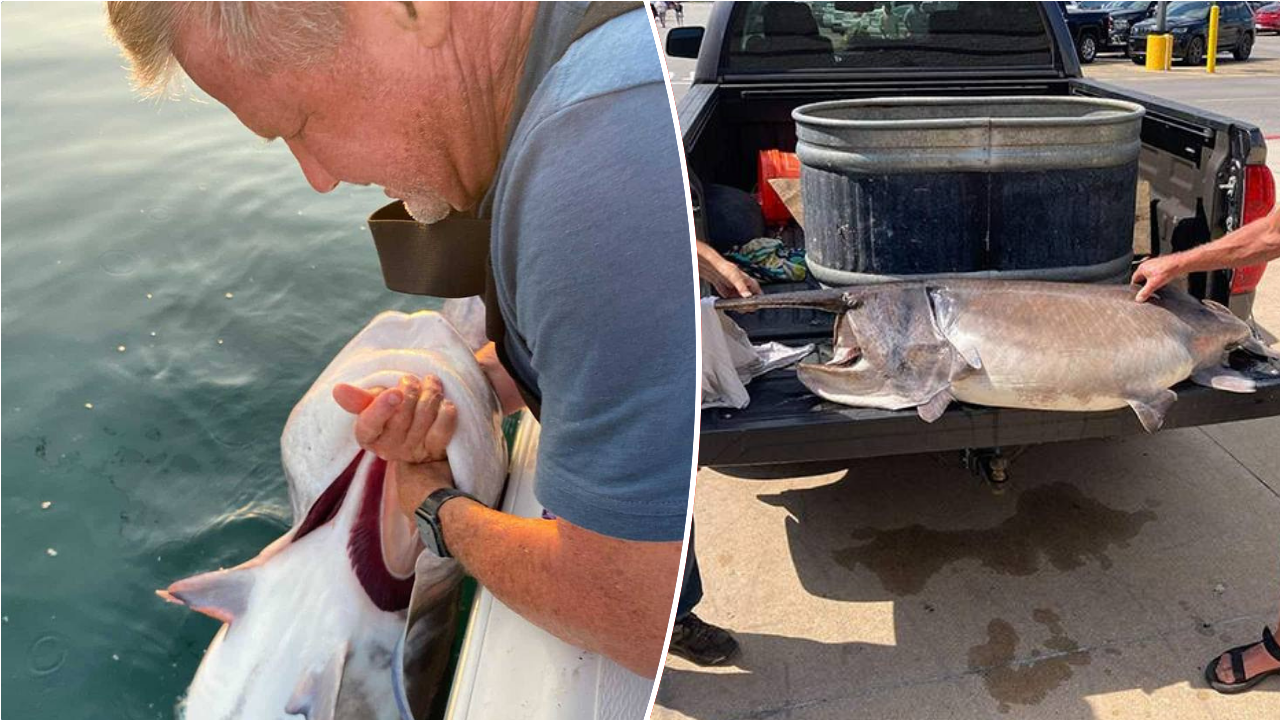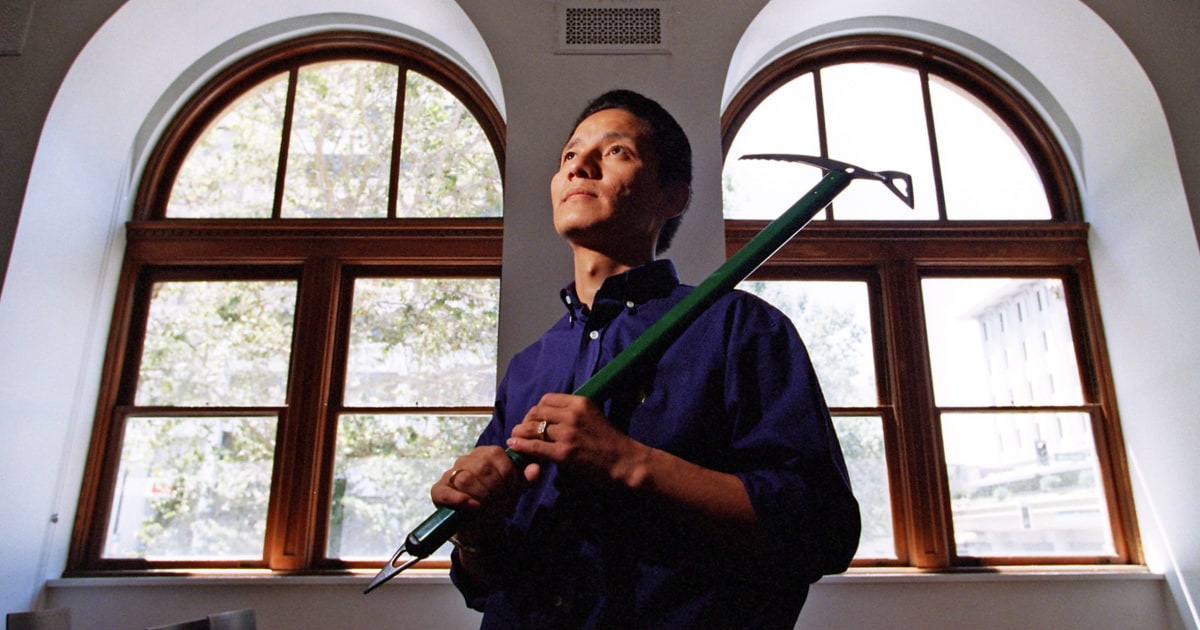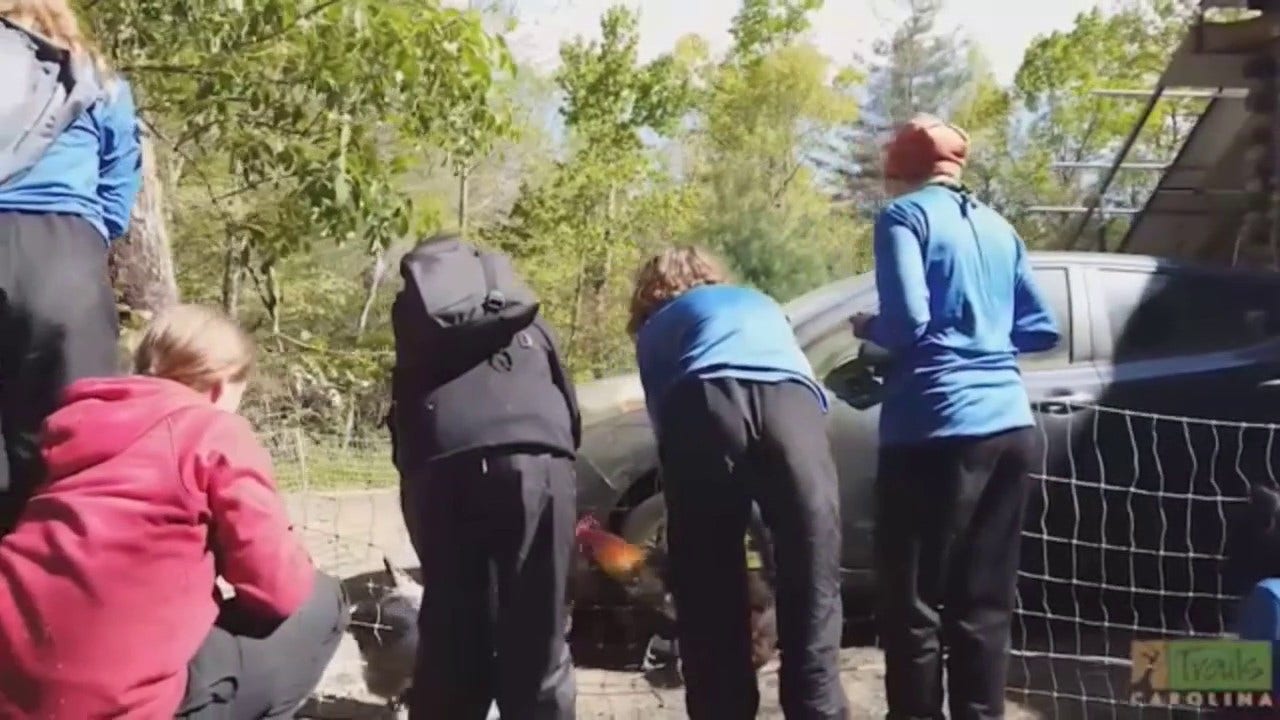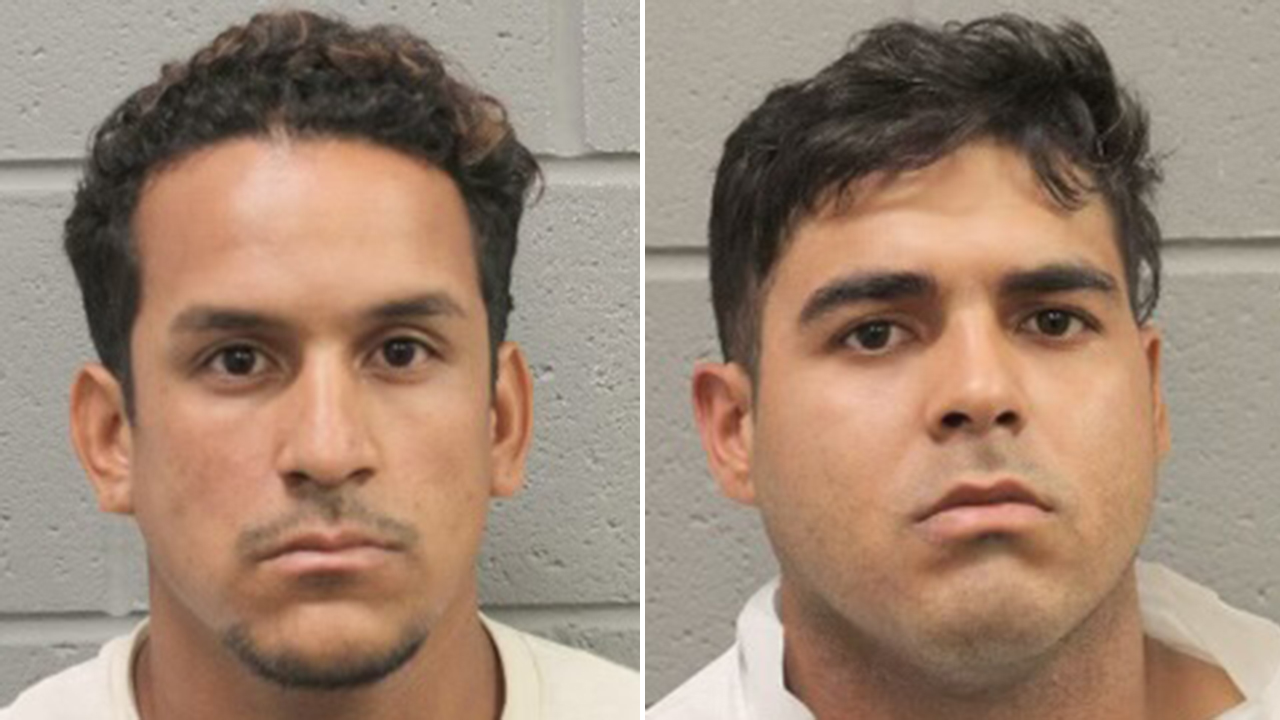HONG KONG — Some families go to the beach for vacations, others visit big cities. Jamling Tenzing Norgay’s family climbed mountains.
“We went on a trek to some beautiful ridges. That’s what we did all the time, with my father,” said Tenzing, whose father, Tenzing Norgay, was a Nepalese-Indian Sherpa who in 1953 became one of the first two confirmed people to reach the top of Mount Everest along with New Zealand climber Edmund Hillary.
Tenzing’s father instilled a passion for mountaineering in him from a young age.
“I ultimately wanted to try to aspire to climb Everest because I looked up to my father as my greatest role model,” Tenzing, 59, told NBC News in an interview in Hong Kong this month. “He was my hero, and I wanted to become just like him.”
Tenzing achieved his Everest dream in 1996, reaching the top of the 29,032-foot mountain.
“I trained very hard and trained well, physically and mentally,” he said of his climb, which was documented in the 1998 IMAX film “Everest.” “I prepared for this climb all my life.”
Mount Everest has “changed a great deal” since his father climbed it in 1953, Tenzing said. Equipment has become lighter and more sophisticated, and communication is much easier.
That has made the mountain more accessible, but also much more crowded. In recent years, viral photos have shown long lines of climbers snaking down from the summit.
When there are delays, “that’s when accidents happen,” Tenzing said. “More people are dying on the mountain because of the fact that there are too many people up there.”
Tenzing’s 1996 climb coincided with what was at the time Mount Everest’s deadliest year ever. Twelve climbers died during the spring climbing season, including eight who got caught in a blizzard on the way down.
This year, eight climbers died or went missing, compared with 18 in 2023.
Tenzing and others such as Kami Rita, a Sherpa guide who last month scaled Mount Everest for a record 30th time, have also expressed concern about the mountain’s trash problem. The Nepali army said after concluding its annual cleanup campaign this month that it had removed about 11 tons of garbage, four human corpses and one skeleton from Mount Everest and two other Himalayan peaks.
New rules this year required climbers to pack out their own excrement, which does not fully degrade on the frigid mountain.
That did not dissuade the 421 climbers who were issued permits this year, down from a record 478 in 2023. Those numbers do not include accompanying Sherpa and other support staff.
“People will still keep coming, and I think the number of climbers coming is going to grow in the future, which is not good,” said Tenzing, whose 2002 book “Touching My Father’s Soul” recounted his 1996 Everest ascent and shed light on the Sherpa experience.
A veteran mountaineer, Tenzing has guided climbers with varying levels of experience throughout the Himalayan region on long treks and mountain expeditions. One of the things he enjoys most about it, he said, is telling them about local history and culture, including stories from his father’s historic climb.
Read the full article here



/origin-imgresizer.eurosport.com/2024/06/25/3993459-81044888-2560-1440.jpg)











